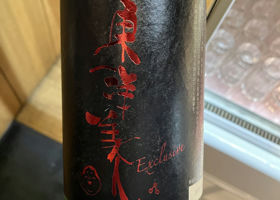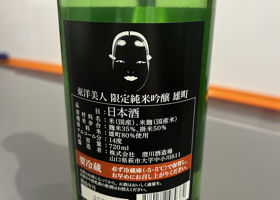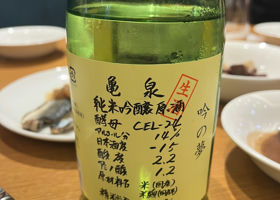


um
Alcohol content: 13%.
Rikuu 132
Rice polishing ratio: 50
The taste and mouthfeel are very smooth.
The sweet and sourness is at its peak, with a yogurt-like nuance when it is cooled down to a crisp.
In general, the acidity is more dominant, and even when the temperature rises, there is no bitterness or alcohol sensation.
A delicious sake.
Japanese>English







































